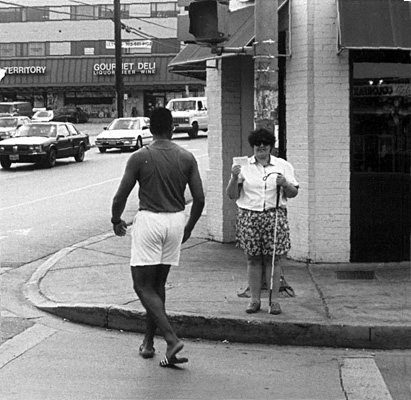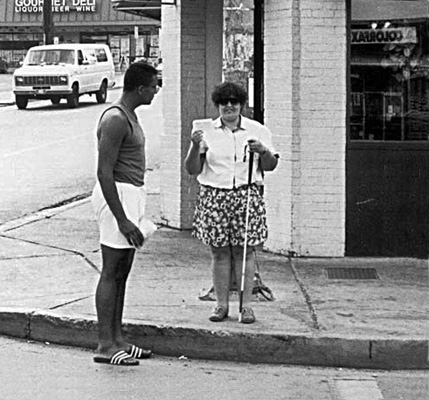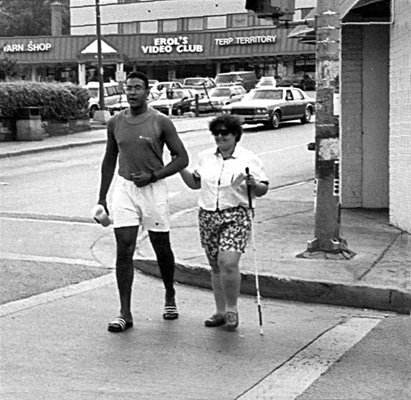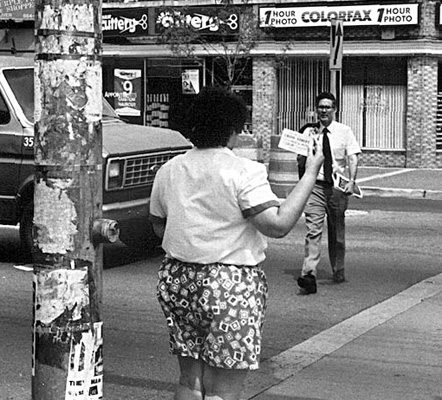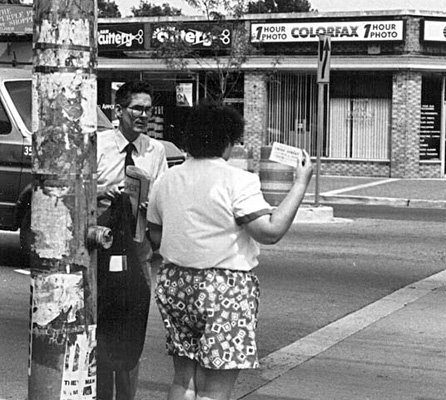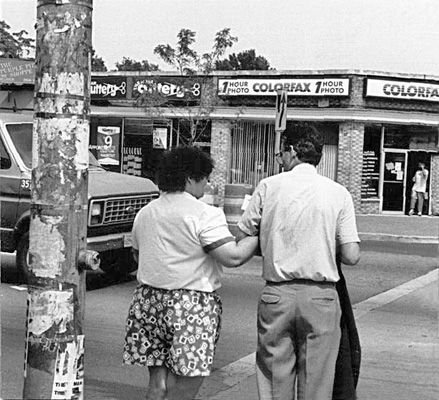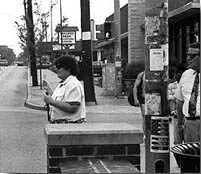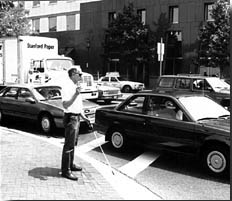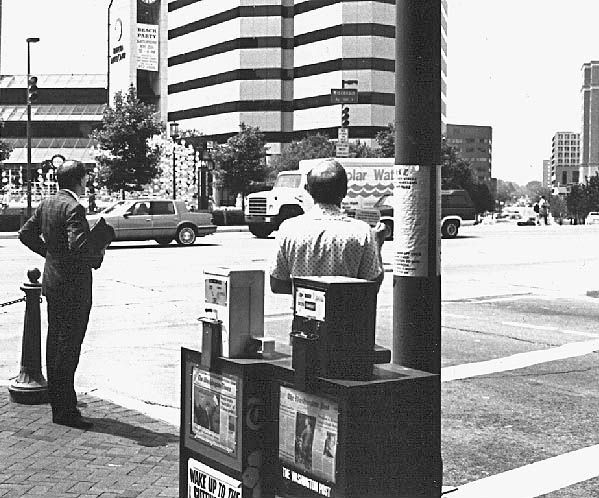

|
Number of passersby (N=41) |
|
| 11 | Did not see or notice person and card. (Of these, 3 noticed the participant but not the card.) |
| 9 | Not paying attention, engrossed in conversation, or seemed not to care. |
7 |
Saw the participant and the card but concluded that he or she did not need help. Almost all reported that they would have helped had they known. |
| 4 | Could not understand English. |
3 |
Unsure what to do. (These people appeared to be very concerned while passing the participant, but were hesitant to approach, unsure whether assistance was needed.) |
| 1 | In a hurry. |
| 1 |
Not going the same way as the participant (This person asked someone to help the participant across.) |
| 1 | Other people were there who could help. |
| 4 | Reason not recorded, or the passerby refused to speak to the interviewer. |
|
Knowledge of deafness and reasons for knowing
|
Experimental card
|
HKNC Card
|
Total
|
|
Number knowing and not knowing that participant was deaf
|
|||
|
Didn't realize person was deaf
|
5
|
4
|
8
|
|
Knew person was deaf
|
11
|
9
|
20
|
|
TOTAL
|
16
|
13
|
29
|
|
Reasons for knowing the participant was deaf:
Number of responses |
|||
|
Saw the words "deaf" or "tap me" on the card
|
7
|
4
|
11
|
|
Participant did not respond when spoken to
|
0
|
3
|
3
|
|
Participant signed while speaking
|
0
|
1
|
1
|
|
Participant said he is deaf*
|
1
|
0
|
1
|
|
Participant's voice sounded unusual*
|
1
|
1
|
2
|
|
Received no response to verbal offer of assistance; then they read the card further
|
2
|
0
|
2
|
